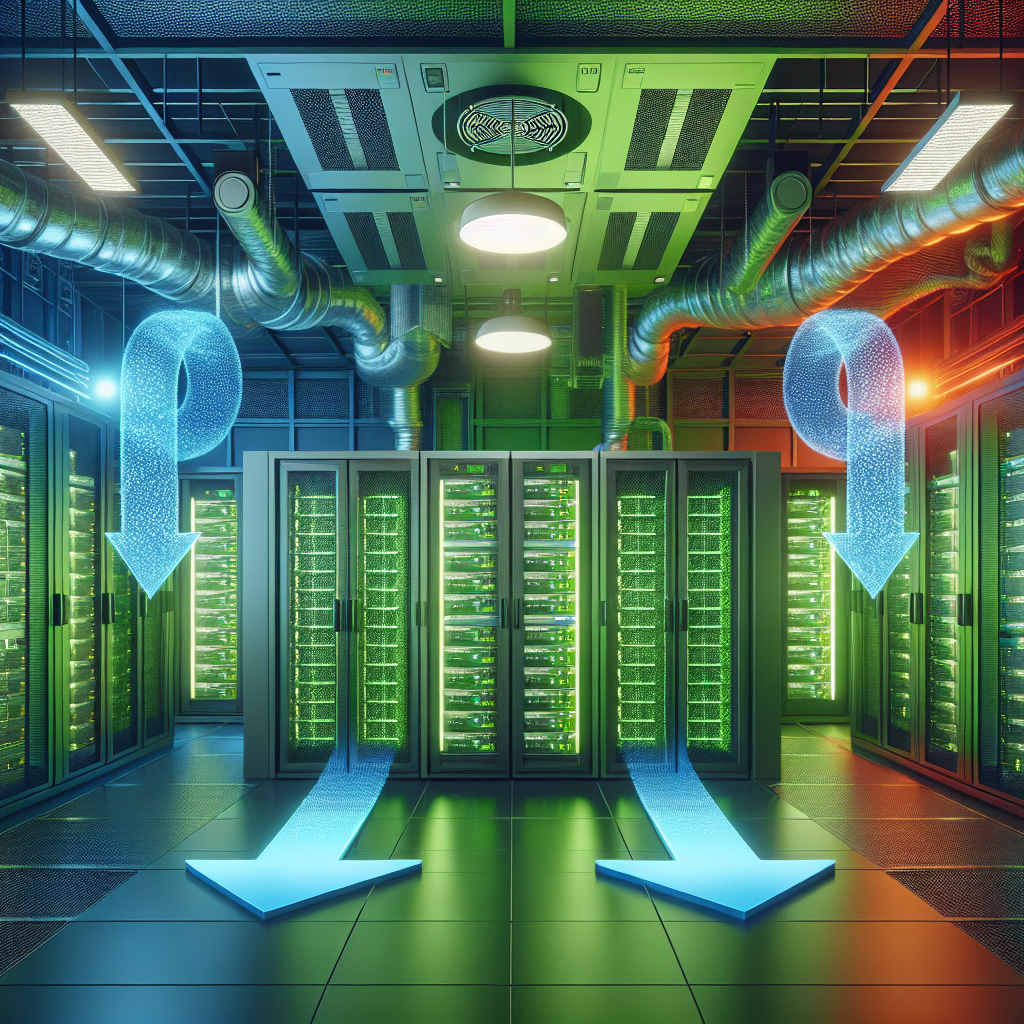Data centers are essential facilities that house and manage large amounts of data for businesses, organizations, and individuals. With the increasing demand for data storage and processing, data centers are becoming more prevalent and larger in size. However, the energy consumption required to power and cool these facilities is a major concern.
Heating and cooling systems in data centers account for a significant portion of their energy consumption. In fact, studies have shown that cooling systems alone can consume up to 40% of a data center’s total energy usage. Maximizing energy efficiency in data center heating and cooling is crucial not only for reducing operating costs but also for minimizing carbon emissions and environmental impact.
There are several strategies that data center operators can implement to improve energy efficiency in heating and cooling systems:
1. Utilize Economizers: Economizers are devices that use outside air to cool data center facilities instead of relying solely on mechanical cooling systems. By taking advantage of cool outdoor temperatures, economizers can significantly reduce the energy consumption of data center cooling systems.
2. Implement Hot Aisle/Cold Aisle Containment: Hot aisle/cold aisle containment is a layout design that separates hot and cold air streams in data center racks. By containing the hot air exhaust from servers and directing it back to the cooling system, data centers can improve cooling efficiency and reduce energy consumption.
3. Optimize Airflow Management: Proper airflow management is critical for maintaining the efficiency of data center cooling systems. By ensuring that air is distributed evenly and efficiently throughout the facility, data center operators can reduce the workload on cooling systems and improve energy efficiency.
4. Upgrade to Energy-Efficient Cooling Equipment: Investing in energy-efficient cooling equipment, such as variable speed drives, high-efficiency chillers, and intelligent cooling controls, can help data centers reduce energy consumption and operating costs in the long run.
5. Implement Virtualization and Consolidation: Virtualization and server consolidation can reduce the number of physical servers in a data center, which in turn reduces the heat generated and the cooling requirements. By optimizing server utilization and reducing idle capacity, data centers can maximize energy efficiency in heating and cooling systems.
6. Monitor and Optimize Cooling Settings: Regular monitoring and optimization of cooling settings, such as temperature and humidity levels, can help data center operators identify and address inefficiencies in cooling systems. By fine-tuning cooling settings based on actual data center conditions, operators can improve energy efficiency and reduce cooling costs.
In conclusion, maximizing energy efficiency in data center heating and cooling is essential for reducing operating costs, minimizing environmental impact, and ensuring the long-term sustainability of data center operations. By implementing strategies such as utilizing economizers, implementing hot aisle/cold aisle containment, optimizing airflow management, upgrading to energy-efficient cooling equipment, implementing virtualization and consolidation, and monitoring and optimizing cooling settings, data center operators can achieve significant energy savings and improve overall efficiency.


Leave a Reply